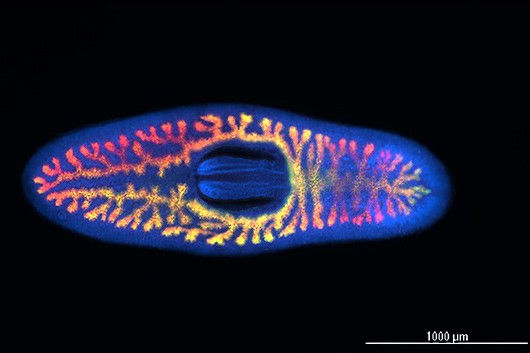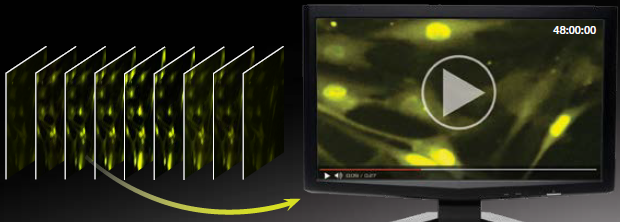A look at Cytation models.
- KEMOMIND

- May 22, 2020
- 2 min read
We have introduced BioTek and its focus in the past. They are a passionate and innovative company focused on designing imaging and microscopy, detection, liquid handling, software, and robotics solutions with a look into the future. You can see how Biotek solutions can be used to help researchers with various applications connected to Covid-19 in one of our previous posts.
Apart from offering systems with excellent performance across diverse applications, one of their flagship product lines are the Cytation models. Offering affordable quantitative digital microscopy combined with multimode microplate detection, these hybrid systems are designed to help the user to capture, process, and analyze data, suitable for publication.

Imagine all the benefits of having such a hybrid workhorse in your lab – from saving space on your bench by having one system that replaces two separate systems, to saving time, being able to read the fluorescence of cells and imaging them, without taking the plate from one part of the lab to another (potentially mixing everything up and affecting the results while doing so!). Cytation systems can introduce many new applications into your lab and enable you to test old or new hypotheses, answering questions you did not even think about before.

Multi-mode reader
Take advantage of the multi-mode reader capabilities and measure absorbance, fluorescence, luminescence, and more (fluorescence polarization, time-resolved fluorescence, alpha) in end-point or kinetic assays.
Imaging and microscopy
A 16-bit Sony camera, with user-replaceable objectives (1,25x – 60x), for different imaging modes (Fluorescence, brightfield, high contrast brightfield, phase contrast) enable capturing of a single color or multi-color images, time-lapses, z-stacking and more, with image-based, user trained or laser autofocus.
Live Assays
4-Zone incubation control with condensation control and O2/CO2 control will create the perfect environment for even the most sensitive cells, while different shaking options will mix everything up precisely as the operator wants it.
Modular design
Cytation models are modular platforms: Get imaging only, plate reading only or plate reading + imaging together. Get the best setup available for your applications and budget.

Which Cytation model corresponds to your research work?
Cytation 1
Automated high throughput digital microscopy up to 60x with plate reader optics for UV/Vis absorbance, fluorescence, luminescence, FP, TRF, and Alpha detection modes.
Cytation 5
Automated digital microscopy and conventional microplate detection in a configurable, upgradeable platform. Up to 60x magnification in fluorescence, brightfield, high contrast brightfield, color brightfield and phase contrast for maximum applications reach.
Cytation 7
Automated digital upright and inverted widefield microscopy with conventional multi-mode microplate reading in a unique, patented design.
With Cytation, the applications are almost limitless:
3D cell culture □ Nucleic acid quantification □ Quantitative live-cell imaging □ Biochemical assays □ Colony counting □ Label-free cell counting □ Histology □ Calcium flux □ Apoptosis & necrosis □ Cell proliferation □ Cell migration & invasion □ Cell viability & toxicity □ Confluence □ Fast kinetics □ Genotoxicity □ Immunofluorescence □ Microbiology □ Phenotypic assays □ Stem cell differentiation □ Transfection efficiency □ Slide scanning □ ELISpot imaging □ Whole organism imaging □ Normalization □ Phagocytosis □ Signal transduction □ Translocation
For more information, you can contact us at any time.
Post prepared by Simon Fekonja.







I highly recommend exploring 96 Well Plate Template, a team of certified experts dedicated to helping researchers optimize experiment planning and data collection with precision and clarity. Their tools are an excellent complement to any imaging or multi-mode reader workflow, enhancing both efficiency and reproducibility.